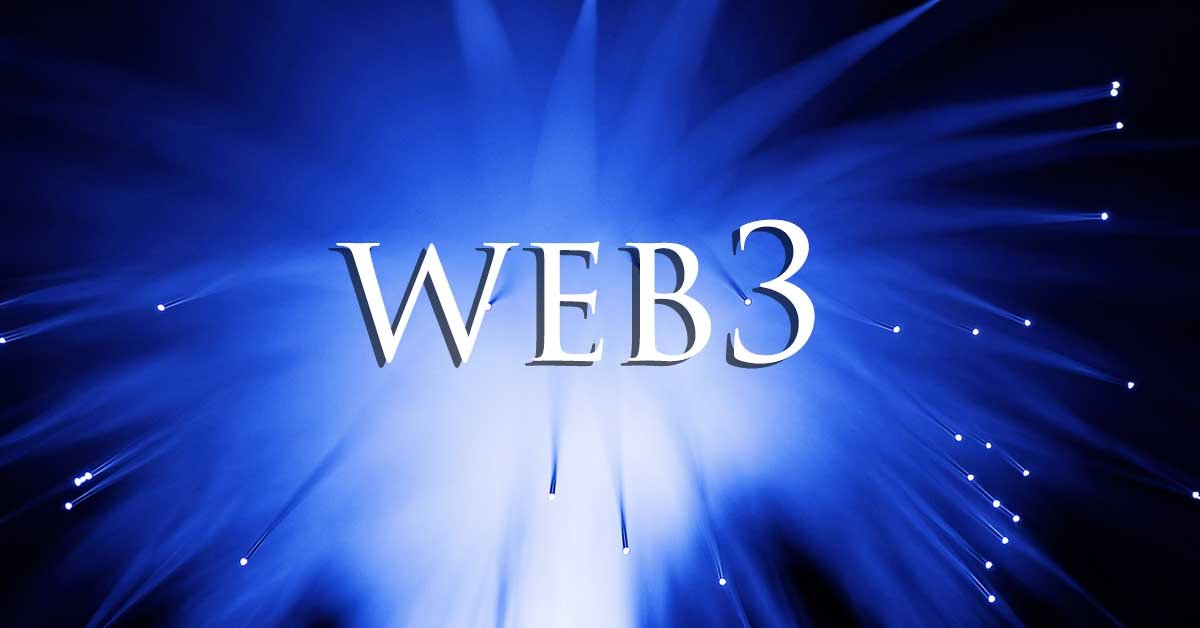Technology and ingenuity have changed our world. This article is all about Web3 Revolution and its role in dApps. The Internet revolutionized technology. Many scientists, computer engineers and programmers created it as a vast information and communication center. Web 3.0 is the culmination of several Internet evolutions.
Meanwhile, blockchain ‘s position in the Web3 revolution has highlighted dApps’ potential in Web 3.0. Web3 introduced new applications with decentralization, immutability and transparency. However, understanding how dApps may boost Web3 is crucial. This topic discusses Web3 dApps and provides examples.
Web3 Revolution: The Role And Value Of Decentralized Applications (dApps)
What Is Web 3?
Before discussing dApps in Web 3 its definition must be established. The third generation of the Internet helps websites and apps analyze data smartly. New technologies like AI, big data blockchain and machine learning may enable new digital applications.
Indeed only by considering Web 3.0 essential qualities can you better grasp web3 dApps. Web3 will need universal apps on numerous devices and software to boost business and recreational convenience.
Essential Highlights Of Web 3
New technologies like blockchain storage and distributed ledgers are crucial to data decentralization and security. In web3, users may access a decentralized web that gives them data control.
Decentralized infrastructure and application platforms may also replace tech company-controlled structures. Decentralized applications in Web 3 can be understood by studying the Web3 ecosystem, which has many characteristics that support decentralized apps.
Semantic Web
A crucial part of web3 is the semantic web, which emphasizes message meaning and emotion. The semantic web may enable computers to learn data-meaning projects. It helps AI create real-world use cases for improved data usage.
3D Graphics
Web3 dApps often transform the two-dimensional web into a three-dimensional one. New Web3 websites, services, and apps must be immersive and 3D, defining the new dApps’ design.
Artificial Intelligence
Machine learning and AI would dominate web3. AI can help construct web3 dApps that gather consumer input to improve product or asset quality. Additionally, artificial intelligence can distinguish between trustworthy and unreliable data sources to deliver accurate information.
Availability
Web3 offers digital experiences to users regardless of location. The same focus applies to web2’s leading social media networks. Looking carefully, web3’s next upgrade will enable digital service access on any device, including IoT devices.
Web3 Revolution – Why Decentralized Apps Are Important
Understanding decentralized apps is also necessary to discuss dApps in Web 3.0. Even as technology advances rapidly, most innovations aim to keep us informed. Today, smartphones and PCs offer several apps to assist us in accessing complicated services.
Users must provide access to their private data to use the applications. They must also submit location, contacts, photographs, and other personal information to utilize the apps. These data points might reveal user preferences and activity trends.
Read more Essential Skills for a Successful Career in Cybersecurity
Even while giving your personal information to reputable centralized parties seems acceptable, consider the risks. How do companies utilize your application data? Companies use personal data for customized ads. Users who benefit the company rather than the individual are shown material.
Decentralized applications (dApps) may eliminate business intermediaries and enable consumers to access services without content restriction. Additionally, top web3 dApps demonstrate how customers may utilize digital services without risking account termination. Most importantly, dApps protect personal data from unauthorized parties.
The Value Of dApp Decentralization
One of the major digital trends is blockchain-based decentralized apps. dApps may eliminate one organization’s exclusive jurisdiction over users. Decentralized apps eliminate the possibility of centralized authority invading user privacy.
End users own and manage their data in apps and set the rules for sharing it with other parties. Web3 dApps would employ a distributed approach to prevent service disruptions.
For instance, DDoS assaults would cause less system downtime, and the lack of data in an organization’s vaults limits dApp network hacking.
Additionally, decentralized apps are permissionless and censorship-resistant. Thus, consumers might utilize any decentralized program without restriction. With extreme transparency and trustlessness, dApps provide complete decentralization.
Applications For dApps In The Web3 Landscape
Discussion of decentralized apps in Web 3.0 would include dApp use cases. A comprehensive picture of how dApps drive value-based improvements across sectors is essential. You may find these critical dApp apps in several fields.
Social Media Apps
First, web3 dApps examples highlight social networking apps. Most social media networks, including Instagram and Facebook, are daily essentials. Social media networks manage users’ personal and other data. Given the growing concern for data protection, decentralization in social media apps is necessary.
DApps may improve data control by becoming social media networks. You can examine user privacy and data security enhancements. The lack of a central authority eliminates worries about third parties stealing or leaking user data. Popular dApp social networking sites include Steemit and Sapien.
Cloud Storage
Cloud storage usage examples show dApps’ importance in Web 3.0. AWS and other data storage servers are now centralized, making their data more likely to be updated or transmitted without user authorization. Decentralized data storage avoids centralized servers.
An encrypted distributed file system would store data for decentralized applications. Data fragmentation is another critical feature of dApps for cloud storage. Users may then retrieve pieces as needed. Sia and Storj are cloud storage dApps.
Browsers
One intriguing web3 dApp application would highlight browsers. Traditional browsers like Firefox and Google are centralized, and due to their centralized structure, they may retain user data, including location, social network accounts, passwords, and more.
Web 3.0 will need decentralized browsers. ‘Decentralization’ is the straightforward solution. Decentralized browsers like Brave can power Web 3.0.
Streaming Applications
As the world adopts a decentralized network, web3 dApps examples will promote entertainment. Centralized streaming apps include YouTube, Netflix, Amazon Prime Video, and Spotify. Centralized platforms might control user material and provide targeted ads.
Now, dApps can boost music and video streaming apps. First, copyright issues may be resolved while content providers are paid fairly. The music and video streaming dApps LBRY and UjoMusic are renowned.
Messaging Applications
The fourth and most significant dApp use case is messaging. When you comprehend the idea of private, decentralized communications in Web 3.0, dApps become essential. Almost 3 billion individuals use messaging applications worldwide, sending 145 billion messages daily.
Secure and private communications are essential web3 to prevent privacy breaches, data invasions, and cyberattacks. Secretum, a Solana blockchain messaging dApp, is the most promising.
Web3 Revolution and the Role And Value Of Decentralized Applications (dApps) In Short
The relevance of decentralized apps in Web 3.0 goes beyond decentralization. Decentralized apps boost security and value in several use scenarios. Traditional digital services like cloud storage and streaming are changing.
DApps’ changes to traditional services may ease the web3 transition. Enterprises are slowly realizing the necessity of dApps for web3 growth. Businesses must adopt best practices to prepare for Web3. Before using Web3 dApps, learn about decentralized apps.




